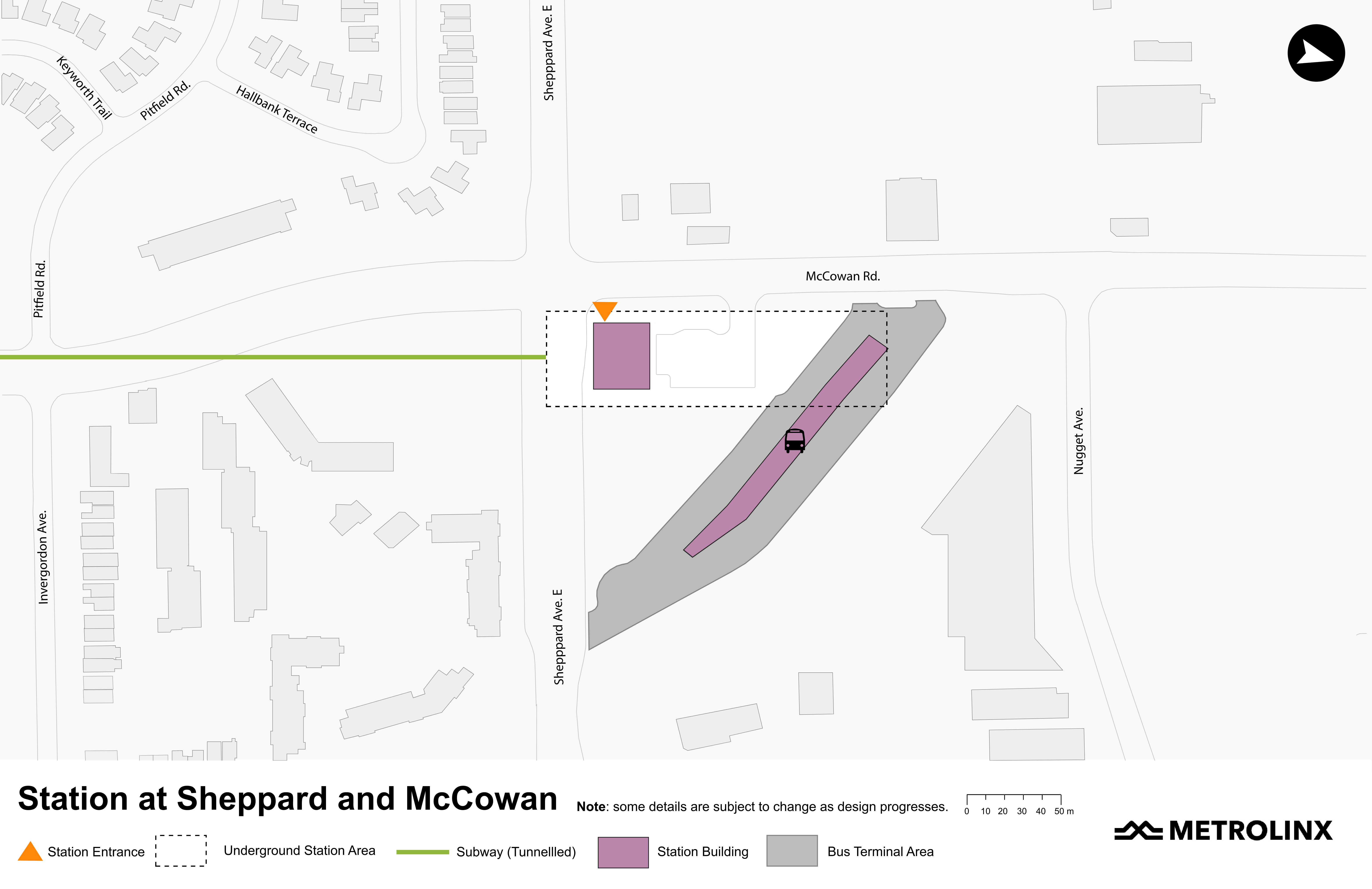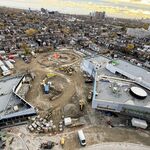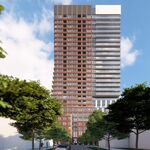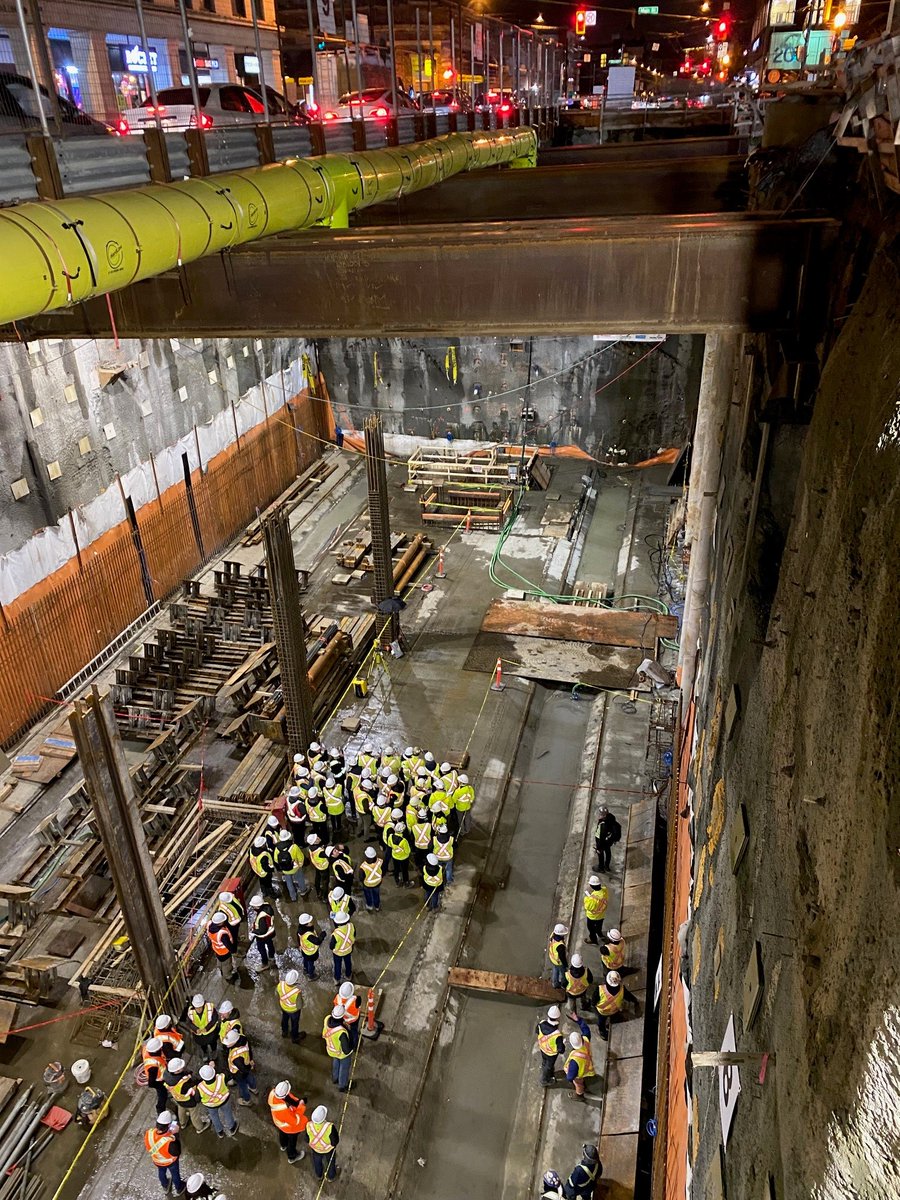toronto647
Active Member
I don't believe the mid town go line will happen in our lifetimes... Won't be on the radar of politicians till 2050+. You still have so many priority transit lines for Toronto still to be funded...The McCowan & Sheppard Station is close to the CP line to the north of it. From link.
View attachment 457797
If they ever build a GO Midtown corridor train line, instead of a "Markham" GO Station, they should go with a "Sheppard & McCowan" GO Station. The train tracks are just one block north of Nugget Avenue, 2 blocks north of Sheppard Avenue East. Since the Line 2 station ends just before Nugget Avenue, a GO train station can be set up between Nugget and the train tracks. See link.
From link.

The below will be built before the mid town line will even be thought of imo
Eglinton LRT extension to Airport
Eglinton East LRT
Ontario Line North Extension
Ontario Line West Extension
Scarborough Subway Extension more North into Scarb
Bloor Line Kipling more West
Waterfront East and West LRT
Ontario Line West Extension





